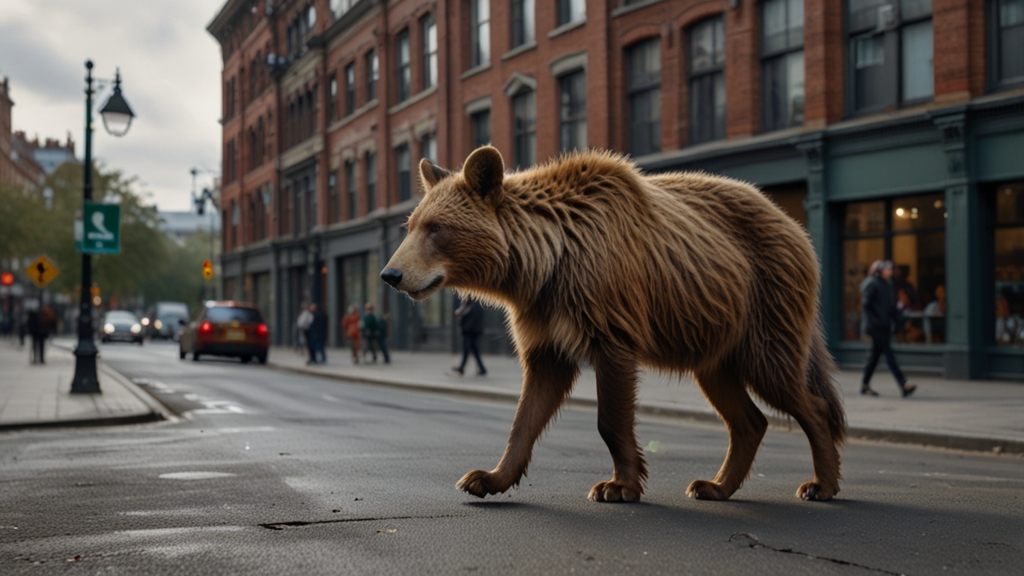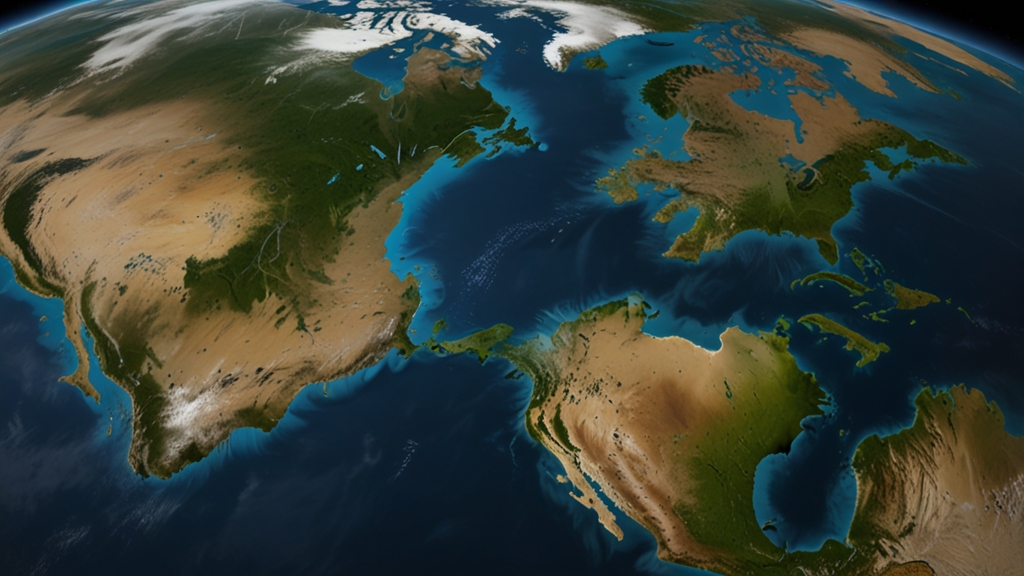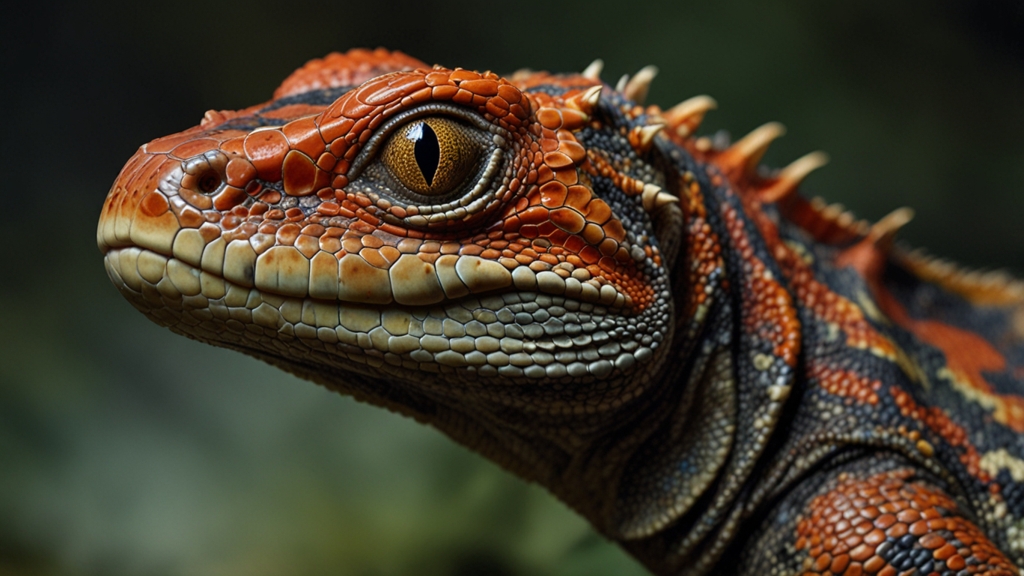Introduction
Urban landscapes, once considered alien and hostile to wild mammals, have become increasingly occupied and navigated by various wildlife species. These animals, traditionally bound to rural and forest settings, are demonstrating remarkable adaptability in city environments. This integration of wildlife into urban areas has prompted fascinating observations and studies into how these animals survive, thrive, and sometimes even flourish amidst human habitation.
Adaptation Strategies
Wild mammals exhibit several strategies to adapt to city life. One notable adaptation is dietary flexibility. Urban settings often provide a unique array of food sources, from garbage bins to public parks. Raccoons, for example, are particularly adept at foraging in urban areas, utilizing their dexterous paws to open containers and exploit food resources left by people.
"In urban ecosystems, mammals' dietary adaptations are a testament to their resilience and opportunistic nature." - Urban Wildlife Expert
Another crucial adaptation is the alteration of activity patterns. Many mammals become more nocturnal to avoid human interactions. Coyotes, foxes, and even some deer have adjusted their behaviors, increasing nighttime activity to reduce the risk of confrontations. This shift not only helps them avoid humans but also keeps them out of sight, aiding in their survival.
Challenges and Risks
While urban environments offer new opportunities, they also present significant challenges for wild mammals. Urban landscapes are rife with dangers such as traffic, pollution, and reduced natural habitats. Adaptability can sometimes fall short in the face of these hazards. Roadkill is a common threat, particularly to slower-moving animals like hedgehogs and opossums, which often cannot escape fast enough to cross busy streets safely.
"Urban wildlife must navigate a labyrinth of human-induced hazards, from fast-moving vehicles to toxic environments, posing constant risks to their survival." - Wildlife Conservationist
Pollution poses another substantial risk. Whether it’s air, noise, or light pollution, these contaminants can have profound impacts on animals' health and behaviors. For instance, prolonged exposure to artificial light can disrupt the circadian rhythms of nocturnal animals, affecting their feeding and mating habits.
Coexistence and Conservation
Promoting a harmonious coexistence between urban wildlife and human populations is crucial. Cities can implement various measures to facilitate this balance. Green corridors and urban parks serve as vital refuges for wildlife, providing safe havens amidst concrete jungles. Moreover, initiatives such as wildlife-friendly waste disposal systems and reduced use of harmful chemicals can mitigate some of the threats these animals face.
Educational programs aimed at raising public awareness about urban wildlife are equally important. When city residents are informed about the presence and needs of wild mammals, they can contribute to conservation efforts through simple actions like slowing down while driving in known wildlife areas or securing trash bins to deter scavenging animals.
"Education and proactive urban planning are key to ensuring that wild mammals can thrive alongside human populations in cities." - Environmental Scientist
Conclusion
The ability of wild mammals to adapt to urban landscapes is a testament to their resilience and ingenuity. However, as cities continue to expand, the pressure on these animals intensifies. It is incumbent upon urban planners, conservationists, and the general public to work together to create environments where wildlife can coexist with human populations. By understanding and addressing the challenges faced by urban wildlife, we pave the way for a more sustainable and harmonious urban ecosystem.
Wild mammals in urban landscapes not only add to the biodiversity of our cities but also remind us of the intricate web of life that needs to be preserved and respected. Their stories of adaptation are both remarkable and humbling, showcasing the incredible drive for survival in an ever-changing world.










